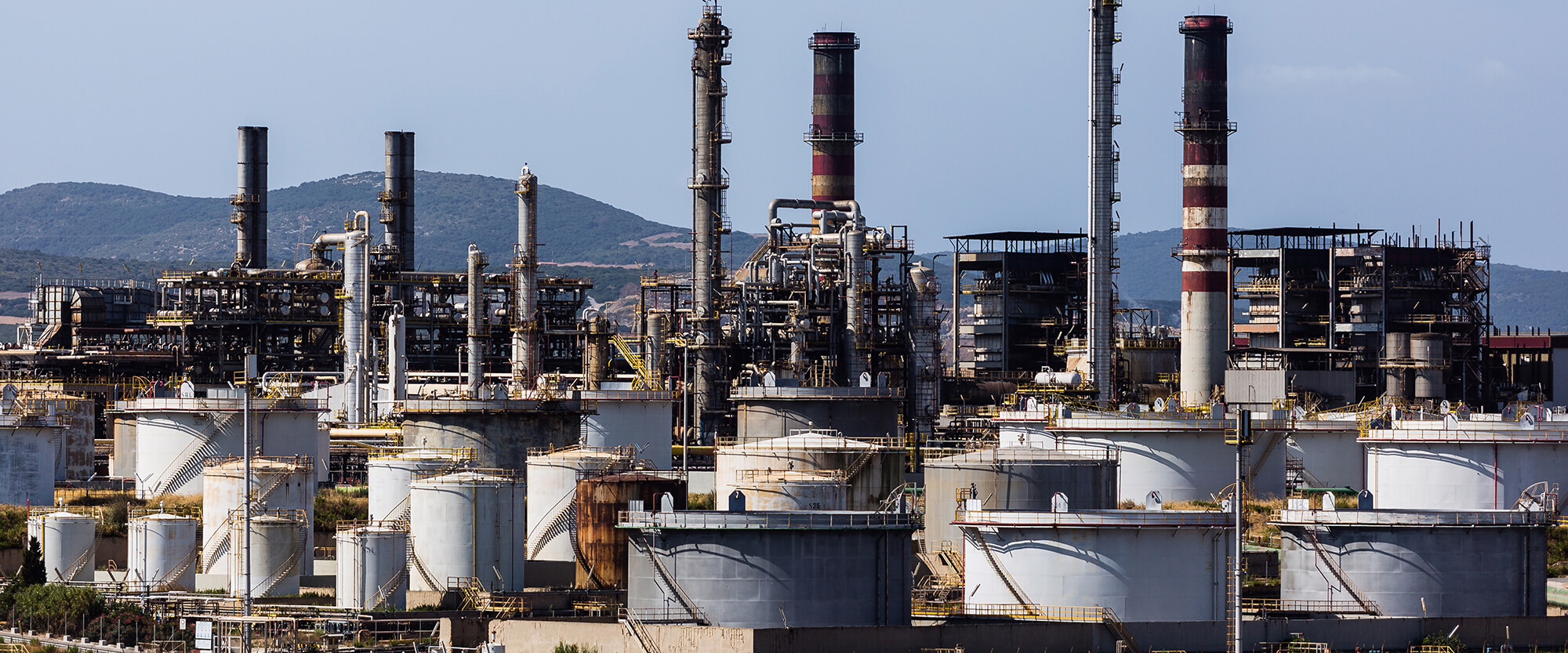Home / What is the Difference Between HDPE and LDPE?
What is the Difference Between HDPE and LDPE?
High-density polyethylene and low-density polyethylene are widely used in daily production and life. Although they are both polyethylene, they are divided into high-density polyethylene and low-density polyethylene under different pressures. What is the difference between them?
High-density polyethylene and low-density polyethylene are obtained by reacting at high pressure (soft), that is, at very high pressure, and the corresponding low-density PE is obtained, that is, LDPE; low pressure (hard) is polymerized at a lower pressure It is made, and the corresponding high-density PE is obtained, that is, HDPE. Their differences are as follows:
Different densities
Low-density polyethylene is weaker than high-density polyethylene, but its impact strength is more significant.
Different ways of stacking
Low-density polyethylene is generally produced by high-pressure polymerization, with a density of 0.910-0.925g/cm3. The molecular structure of low-density polyethylene is a linear macromolecule with many branches. The branches of different lengths on the main chain affect the regularity of the arrangement of the macromolecules, and the packing is not tight.
High-density polyethylene is produced by a low-pressure polymerization process. It is linear, with a density of 0.94-0.965g/cm3 and a crystallinity of 80%-95%. It is white powder or granules. Compared with low-density polyethylene, there are fewer branched chains on other sub-chains. It is almost linear, with regular molecular arrangements and tight packing.
The primary purpose is different
Low-density polyethylene is suitable for food packaging such as seasonings, cakes, sugar, candied fruit, biscuits, milk powder, tea, and fish floss; pharmaceutical packagings such as tablets and powders; fiber product packaging such as shirts, clothing, and knitted cotton products, and chemical fiber products; packaging of washing powder, detergent, cosmetics and other daily chemical products.
HDPE resins can be molded into plastic products by injection, extrusion, blow molding, and rotational molding. Various types of containers, industrial accessories, medical supplies, toys, shells, bottle stoppers and shields can be formed by injection molding.
Contact Us
TEL: 0086 25 51192301
EMAIL: info@ascent-chem.com
EMAIL: sophiahoney247@gmail.com
Copyright © Ascent Sbr All Rights Reserved.

